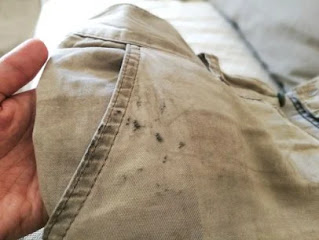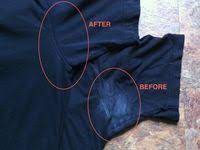. Mayo Mishap: Creamy Mess No More

Mayonnaise stains are tricky because of their oily, creamy base, but these steps will help you tackle them effectively: Scrape Off Excess Mayo : Use a spoon or knife to gently remove any excess mayonnaise without spreading it further. Blot with a Paper Towel : Lightly blot the stained area with a paper towel to soak up as much oil as possible. Avoid rubbing, which can make the stain spread. Sprinkle Baking Soda or Cornstarch : Apply a generous layer of baking soda or cornstarch over the stain and let it sit for 10-15 minutes. These powders absorb the oil, helping to lift it out of the fabric. Brush off the powder afterward. Apply Dish Soap : Rub a few drops of liquid dish soap directly onto the stain, working it in gently. Dish soap cuts through the oils in mayonnaise effectively. Let it sit for 5-10 minutes before rinsing with cold water. Use White Vinegar (Optional) : For stubborn spots, apply a mix of one part white vinegar to two parts water. Dab with a cloth, let sit for a fe...

.webp)















.webp)




.jfif)





.webp)





